Quantum chaos focuses on the quantum manifestations of classical chaos. A characteristic of classical chaos is the exponential sensitivity of the dynamics with respect to infinitesimal changes in the initial conditions. Thus, to classify classical dynamics it is sufficient to follow phase space trajectories starting infinitesimally close to each other and to determine the evolution of their distances with respect to each other with time. Because of the uncertainty relation, this is no longer possible in the corresponding quantum system. One important aspect of quantum chaos is the understanding of features of the classical dynamics in terms of the fluctuation properties in the energy spectra of closed quantum systems or of the fluctuations exhibited by the scattering matrix elements describing open ones. The fluctuation properties are predicted to be universal, that is, to be the same for systems belonging to the same universality class and exhibiting the same chaotic behavior in the corresponding classical dynamics and to be describable by random matrix theory. Furthermore, random-matrix models that had been developed for the scattering matrix associated with compound-nuclear reactions have been shown to be applicable to quantum-chaotic scattering processes. A second important aspect within the field of quantum chaos concerns the semiclassical approach. In this context, one of the most important achievements was the periodic orbit theory pioneered by Gutzwiller, which led to understanding the impact of the classical dynamics on the properties of the quantum system in terms of purely classical quantities. The focus of research within the field of quantum chaos has been extended to relativistic quantum systems and to many-body quantum systems with focus on random matrix theory and the semiclassical approach. In distinction to single-particle systems, many-body systems like atomic nuclei do not have a classical analogue. In recent years different measures of chaos and models have been developed. Here, a prominent model is the Sachdev-Ye-Kitaev model which serves as a paradigm for the study of quantum chaos in strongly interacting many-body systems. The school is aimed at PhD students, post-docs and outstanding master students and the first part will provide a survey of single-and many-body quantum chaos and applications based on random-matrix theory and the semiclassical approach. The second part of the school will focus on current aspects of research in the context of many-body quantum chaos. There is no registration fee and limited funds are available for travel and local expenses. Organizers: Hilda Cerdeira (IFT-UNESP, Brazil) Barbara Dietz-Pilatus (Institute for Basic Science (IBS), Republic of Korea)
Category: evolution – Page 56
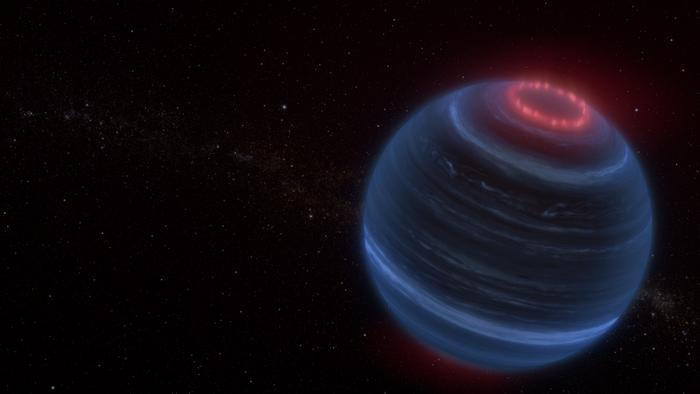
JWST Observes Rare Methane Glow on Brown Dwarf W1935
Dr. Jackie Faherty: “Methane emission was not on my radar when we started this project but now that we know it can be there and the explanation for it so enticing I am constantly on the look-out for it. That’s part of how science moves forward.”
Brown dwarfs are too large to be considered planets and too small to produce nuclear fusion like stars. But can they still exhibit some of the same characteristics as planets, like aurorae? This is what a recent study published in Nature hopes to address as a team of international researchers investigated how the brown dwarf W1935, which is located approximately 47 light-years from Earth, could not only possess methane but also have aurorae, all of which are observed on Earth, Jupiter, and Saturn. This study holds the potential to help astronomers better understand the formation and evolution of brown dwarfs, as brown dwarfs remain some of the most mysterious objects in the cosmos despite thousands being identified.
For the study, the researchers used NASA’s James Webb Space Telescope (JWST) and its powerful infrared instruments to observe 12 brown dwarfs, including W1935. In the end, JWST observed strong evidence for the existence of methane with W1935, which the researchers compared to atmospheric models to confirm these findings, along with methane existing on Jupiter, Saturn, and Earth.
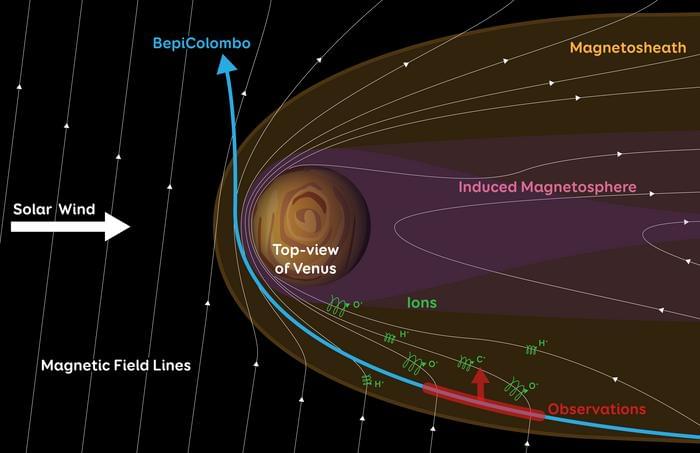
BepiColombo Mission Offers New Insights into Venus’s Atmospheric Loss
How much of Venus’s atmosphere is being stripped by the Sun, and what can this tell us about how the planet lost its water long ago? This is what a recent study published in Nature Astronomy hopes to address as a team of international researchers examined data obtained from a 2021 Venus flyby by the BepiColombo spacecraft, which is a joint mission between the European Space Agency (ESA) and Japan Aerospace and Exploration Agency (JAXA) currently en route to Mercury. This study holds the potential to help researchers better understand the formation and evolution of planetary atmospheres, both within our solar system and beyond.
“Characterizing the loss of heavy ions and understanding the escape mechanisms at Venus is crucial to understand how the planet’s atmosphere has evolved and how it has lost all its water,” said Dr. Dominique Delcourt, who is a CNRS researcher at the Plasma Physics Laboratory (LPP) and the Principal Investigator of the Mass Spectrum Analyzer (MSA) instrument onboard BepiColombo, and a co-author on the study.
During its journey to Mercury, BepiColombo needs to conduct several gravity assists to slow down enough to enter Mercury’s orbit, with one such gravity assist occurring at Venus on August 10, 2021. During this flyby, BepiColombo passed through Venus’s magnetosheath, which is Venus’s version of a weak magnetic field that is produced by charged particles from the Sun interacting with Venus’s upper atmosphere. Over the course of 90 minutes, BepiColombo and its powerful instruments successfully measured data on how much atmospheric loss Venus is currently experiencing, which could help researchers better understand the formation and evolution of Venus’s atmosphere, and specifically how the planet lost its water long ago.
Earth From Space Full HD Nova
One hundred twenty satellites, with their own distinct purpose, hover our Earth. How the structure of continents, the sun, human interaction and many other factors contribute to Earth’s climate and survival/evolution of life.
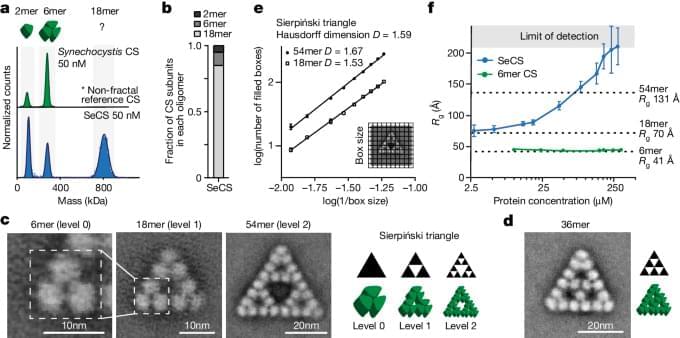
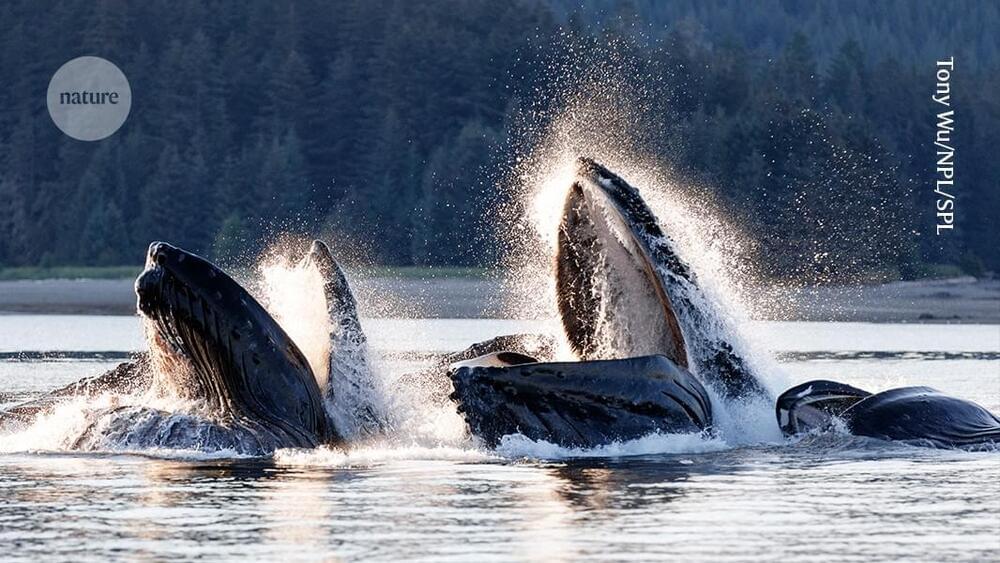

Universe’s expansion might be slowing, findings indicate
The universe is still expanding at an accelerating rate, but it may have slowed down recently compared with a few billion years ago, early results from the most precise measurement of its evolution yet suggested Thursday.
The preliminary findings are far from confirmed, but if they hold up, it would further deepen the mystery of dark energy — and likely mean there is something important missing in our understanding of the cosmos.
These signals of our universe’s changing speeds were spotted by the Dark Energy Spectroscopic Instrument, or DESI, which is perched atop a telescope at the Kitt Peak National Observatory in the U.S. state of Arizona.
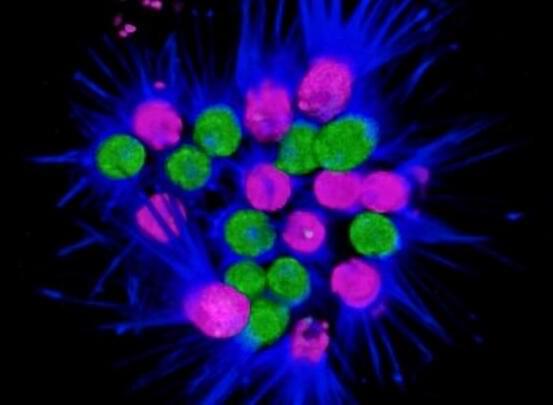
Scientists Discover ‘Unusual’ Third Path to Multicellular Lifeforms
Just when scientists thought they had almost figured out the origins of multicellular life, evolution throws another curveball.
In a serendipitous discovery, a team of researchers has just chanced upon a third type of ‘unconventional’ multicellularity that blends the two kinds we already knew about.
Multicellularity has evolved a staggering 45 times or more across the tree of life. Yet fundamentally, the ancestor of each multicellular lineage relied on just one of two methods — individual cells sticking together as they split, or individual cells that have previously split coming back together.
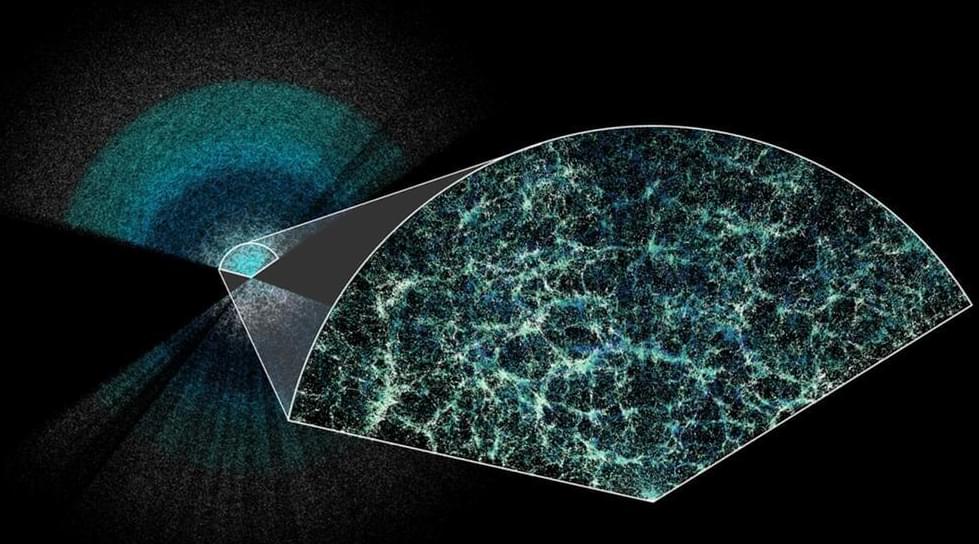
Largest cosmic map could shake up physics
“Gravity pulls matter together, so that when we throw a ball in the air, the Earth’s gravity pulls it down toward the planet,” Mustapha Ishak-Boushaki, a professor of physics in the School of Natural Sciences and Mathematics (NSM) at UT Dallas, and member of the DESI collaboration, said in a statement. “But at the largest scales, the universe acts differently. It’s acting like there is something repulsive pushing the universe apart and accelerating its expansion. This is a big mystery, and we are investigating it on several fronts. Is it an unknown dark energy in the universe, or is it a modification of Albert Einstein’s theory of gravity at cosmological scales?”
DESI’s data, however, shows that the universe may have evolved in a way that isn’t quite consistent with the Lambda CDM model, indicating that the effects of dark energy on the universe may have changed since the early days of the cosmos.
“Our results show some interesting deviations from the standard model of the universe that could indicate that dark energy is evolving over time,” Ishak-Boushaki said. “The more data we collect, the better equipped we will be to determine whether this finding holds. With more data, we might identify different explanations for the result we observe or confirm it. If it persists, such a result will shed some light on what is causing cosmic acceleration and provide a huge step in understanding the evolution of our universe.”
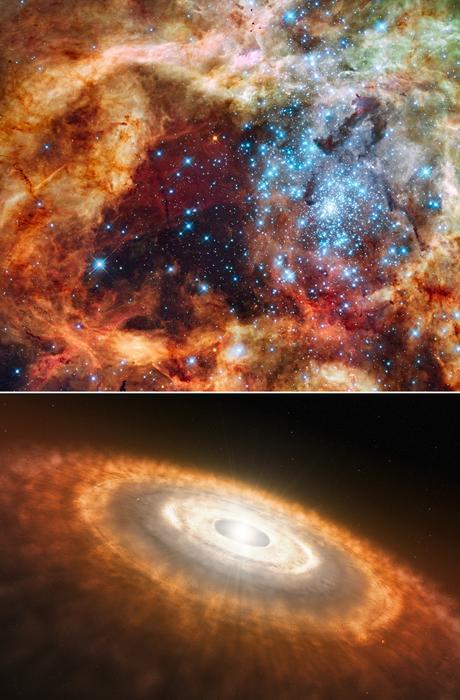
Unveiling the Universe: The ULLYSES Project
After three years of collecting scores of data on hundreds of stars, the ULLYSES (Ultraviolet Legacy Library of Young Stars as Essential Standards) survey conducted by NASA’s Hubble Space Telescope officially ended in December 2023, culminating in 220 total stars examined during the survey on data regarding their size, distance from Earth, temperature, chemical characteristics, and rotational speed. Additionally, ULYYSES also contains another 275 stars from the Hubble archive, providing researchers with several decades of new stellar data and holds the potential to help astronomers gain new insights into stellar formation and evolution throughout the universe.
Hubble image of a star-forming region known as the Tarantula Nebula, which contains massive, young blue stars, which was observed during the ULYYSES survey (top panel). Artist’s illustration of a cooler, redder, young star smaller than our Sun that is still gathering material from its planet-forming disk (bottom panel). (Credit: NASA, ESA, STScI, Francesco Paresce (INAF-IASF Bologna), Robert O’Connell (UVA), SOC-WFC3, ESO)
“I believe the ULLYSES project will be transformative, impacting overall astrophysics – from exoplanets, to the effects of massive stars on galaxy evolution, to understanding the earliest stages of the evolving universe,” said Dr. Julia Roman-Duval, who is Implementation Team Lead for ULLYSES and an Associate Astronomer at the Space Telescope Science Institute (STScI). “Aside from the specific goals of the program, the stellar data can also be used in fields of astrophysics in ways we can’t yet imagine.”